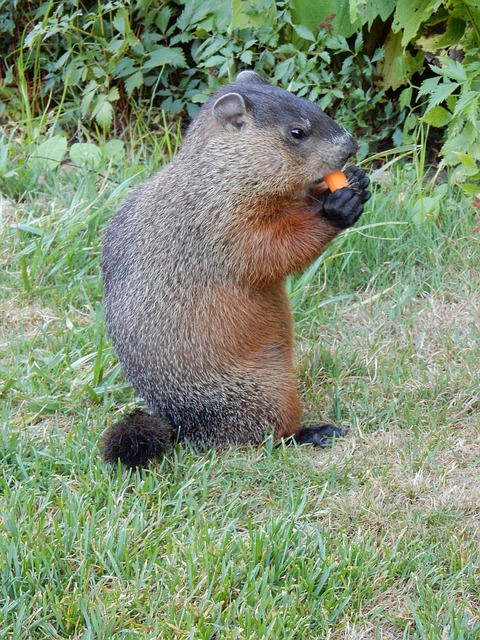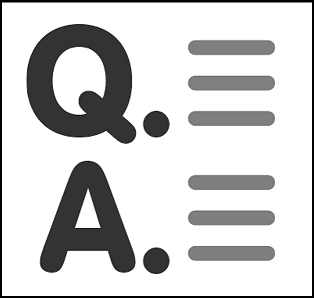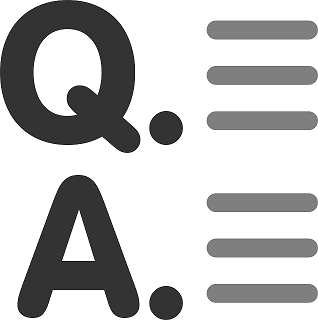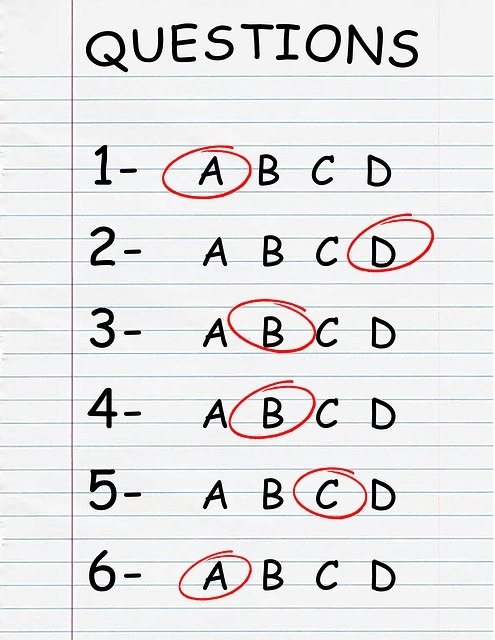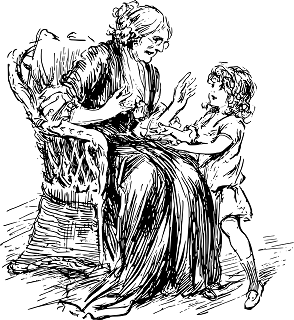Don’t believe what you’ve heard or seen. The hyphen is not dead. Its use has been declining, but mostly in the realm of joining common nouns. In 2007, the Shorter Oxford English Dictionary eliminated hyphens from 16,000 entries. Bumble-bee became bumblebee, science books mention test tube instead of test-tube, and cry-baby joined to form one word.
The first recorded hyphen showed up in the work of Dionysius Thrax, the original grammarian. Back then, it was a tie-like (‿) sign used to join two words that one would otherwise have read separately. Then came letter-spacing in the Middle Ages, and the hyphen came to symbolize a connector between two words that had been incorrectly spliced by a space. We have Johannes Gutenberg to thank for the modern version of the hyphen. When setting his famous Bible, his tools wouldn’t let him include the hyphen below letters, so he moved it up to the middle of the line (Wikipedia).



